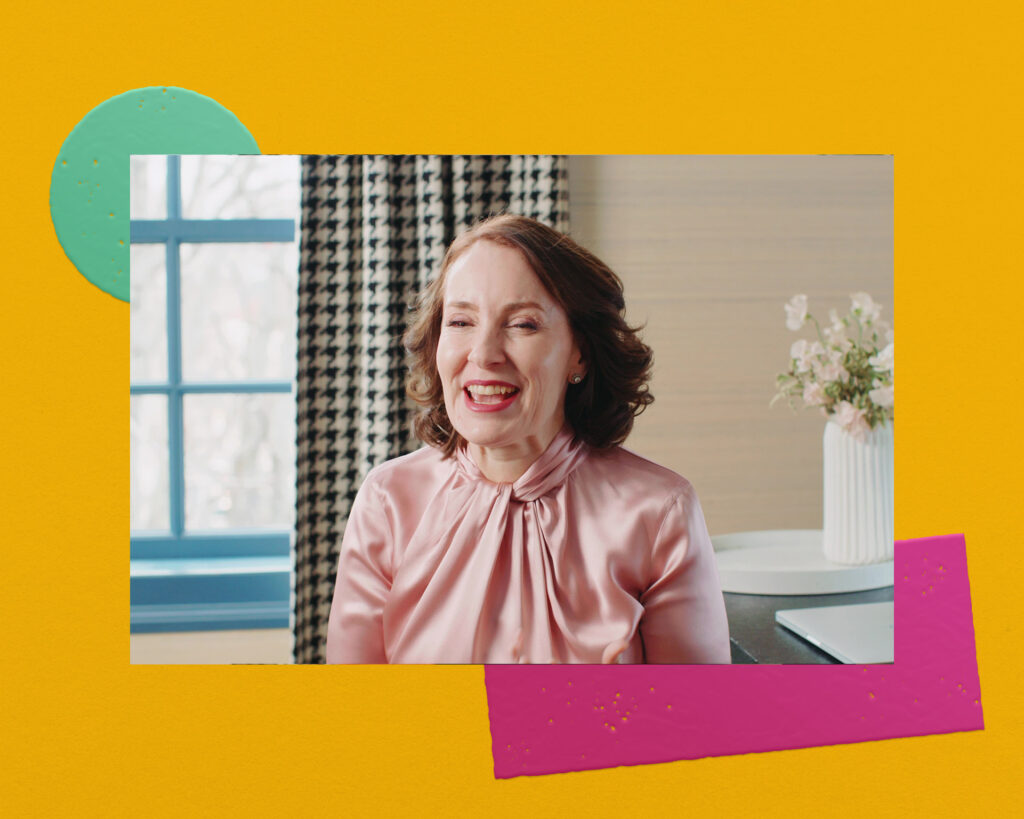Some years ago, I consulted for a hard-charging executive who cared little for his physical health. His constant travel made it difficult to establish good habits, and the scolding of his doctor and concern of his wife served mainly to annoy him. Abstractly, he knew he was risking a shortened lifespan and unpleasant complications, but that wasn’t enough for him to make health a priority. It was his son who finally changed things. The executive and his wife had adopted a boy from abroad. By his teenage years, the boy had developed into a gifted artist. One day, he showed his father a mournful self-portrait titled the “The Orphan,” but the version of himself depicted was present-day—a young man of 16, not the little boy they’d adopted years back. The executive asked about the title. Did his son still feel like an orphan? The boy burst into tears. He feared that his father’s lifestyle would soon rob him of yet another parent before he was ready. That finally did it. The executive turned his health around.
This is exactly the type of scenario that many of us can relate to as we venture into a new year with high hopes for the goals we might finally achieve. Do you have a New Year’s resolution? Is there a challenge you want to meet in the months ahead? Have you previously attempted to reach this goal and failed? What kind of mental framework is providing the foundation for your change?

The key to success lies in the moment of breakthrough for the executive:
a willing heart is more powerful than a wagging finger.
We’re often bombarded with messages about what others think we should do. In the case of the executive, both his doctor and his wife pressured him to make changes.
This prodding didn’t take. The values being pushed—abstract health benefits—weren’t his values. But the son recast the situation in ways that resonated deeply with his father. The executive realized that taking care of his health was necessary both to soothe his child’s anxieties and to stick around long enough to see him grow up.
This lesson has ramifications for both our personal and professional lives. The impulse behind a wagging finger is often good, or at the very least understandable. We want a loved one to quit smoking, so we upbraid them when we smell tobacco on their clothes. We want to deliver top-quality work to a client, so we admonish our staff when their product is subpar. However, the research shows that such attempts to impose our values on others from the outside have a poor track record. Our loved ones and colleagues might make an effort to please us, but if they don’t viscerally connect with the goal at hand, they’re unlikely to stay committed for long.
Rather than pressuring from the outside in, it’s more effective to cultivate from the inside out. If you’re trying to encourage a change in someone (or yourself) consider the values that they (or you) already hold. Here are a couple suggestions for how you might go about it:
- Start by honestly and non-judgmentally considering what makes the person tick. Perhaps you’re having issues with an employee who seems indifferent to a client’s approval. The praise doesn’t buoy them, and the complaints don’t bother them. You have noticed, though, that this employee rises to an intellectual challenge. They always put up their hand for the most complicated projects and pride themselves on their ability to solve difficult problems.
- Think of how you might frame the result that’s needed in terms that line up with the person’s pre-existing values. You could frame satisfying the client as a puzzle of sorts, where different variables must be accounted for in order to reach the desired outcome. This isn’t only a tactic for the office—maybe your spouse is a slob, but you know they love you deeply. Rather than harp on the embarrassment of a messy house, you could encourage them to see doing the dishes as an easy way to make you feel cared for. When you see the person in front of you – really see their motivations and values, you help to generate a sustainable pathway forward.
- Last but not least, consider how the person is mentally framing the goal. Change is a process, not an event, and you must be patient with both yourself and others in the face of any transition. This kind of gentleness is integral to successful change—it simply won’t happen without a sense of compassion.
New Year’s resolutions don’t have to be achieved immediately or thrown out by February. With patience, compassion, and values-based action, you can work toward change throughout the whole year while simultaneously encouraging others to do the same. When you let actions radiate outward from an open heart, you’re far more likely to see lasting results.






 Take the Quiz
Take the Quiz